Plant Collections
Plants can be grouped together because of their botanical relationship to each other, appearance or historical relationship to humans or each other. Collections based on botanical relationships might include only plants from one family, like camellias or maples. Collections based on appearance might include only plants with white flowers or fragrant flowers. An example of a collection based on history is a primitive plant garden.

Camellia Garden
The Camellia Garden, located in front of Jenkins Hall on the Armstrong campus, displays a great number of camellia species and other members of the Theaceae family.
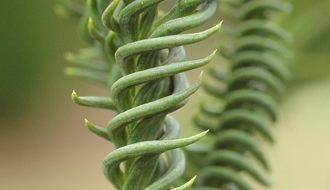
Conifer Garden
The Conifer Garden, located on the east side of Burnett Hall on the Armstrong campus, contains over 140 different conifers representing 24 genera.

Fern Garden
The Fern Garden, located in front of Jenkins Hall on the Armstrong campus, displays both native and non-native ferns and their allies.
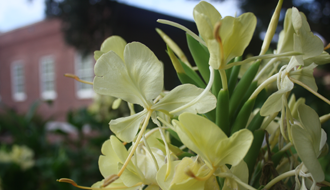
Ginger Garden
The Ginger Garden, located on the Armstrong campus at the south end of Hawes Hall, contains plants belonging exclusively to the Zingiberaceae family.
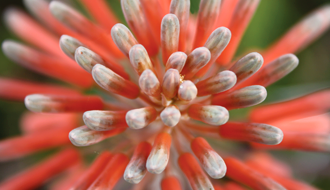
International Garden
The International Garden celebrates the diversity of the university community by displaying plants from around the world. The International Garden is located between Hawes Hall and Solms Hall on the Armstrong campus.
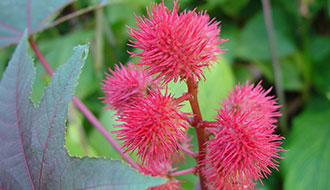
Physic Garden
The Physic Garden, located in front of Ashmore Hall on the Armstrong campus, displays plants with medicinal properties.
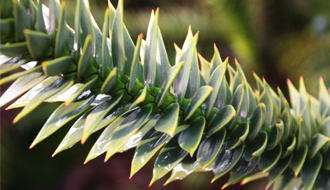
Primitive Garden
The Primitive Garden, located next to Jenkins Hall on the Armstrong campus, presents a walk through time by displaying living relatives of ancient plants.
Last updated: 3/25/2022
